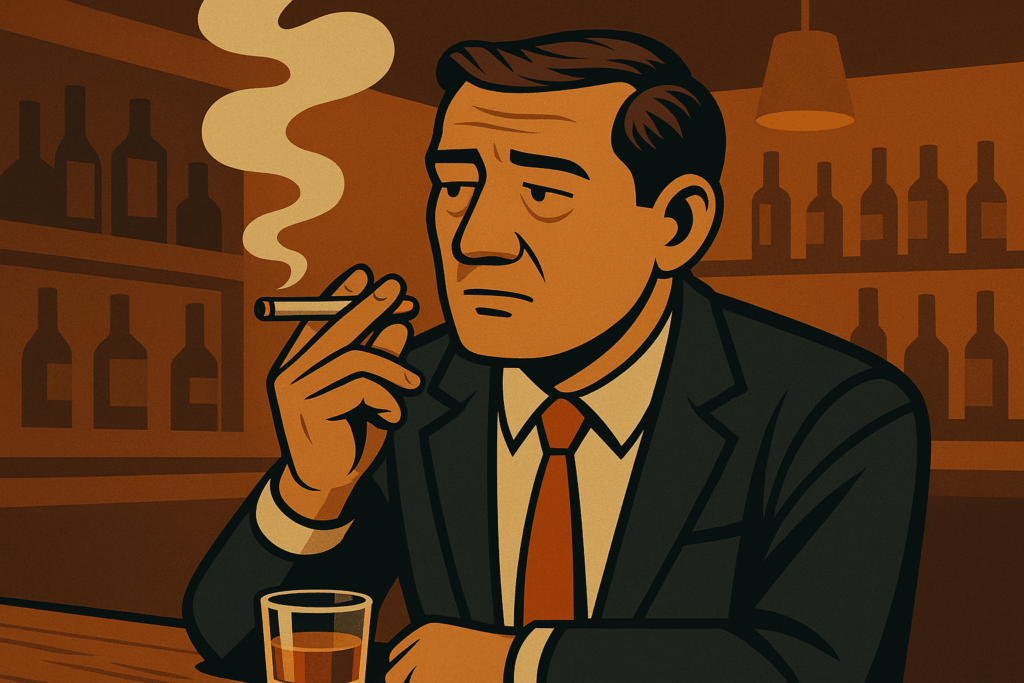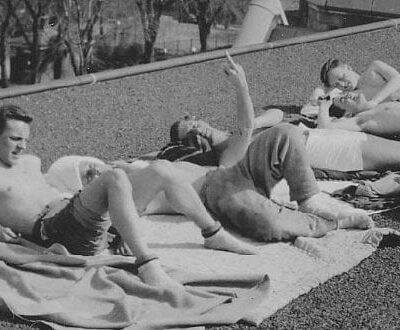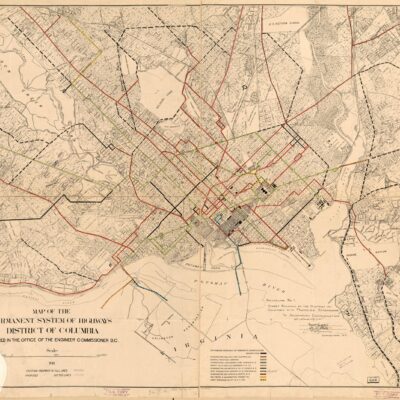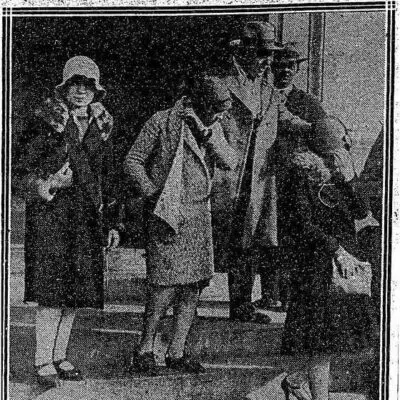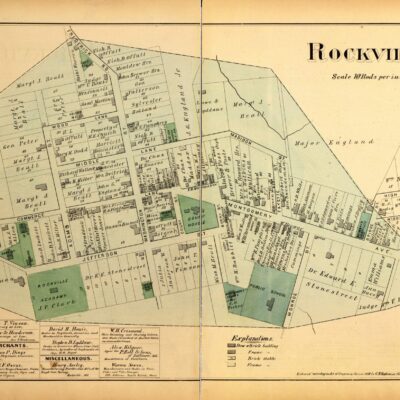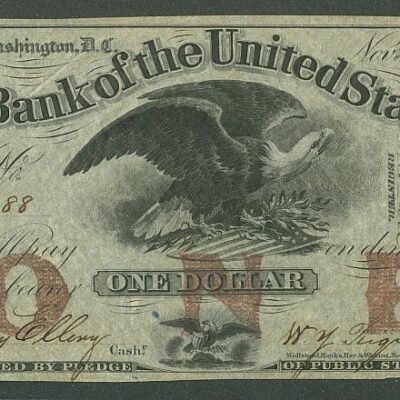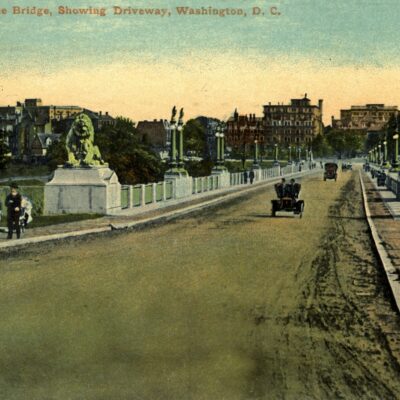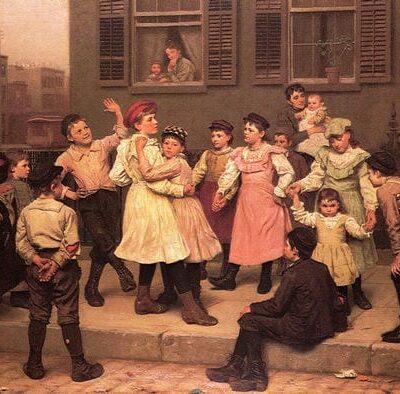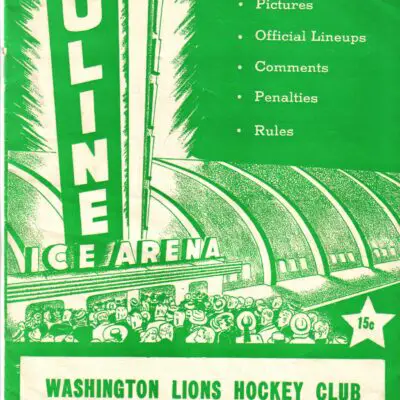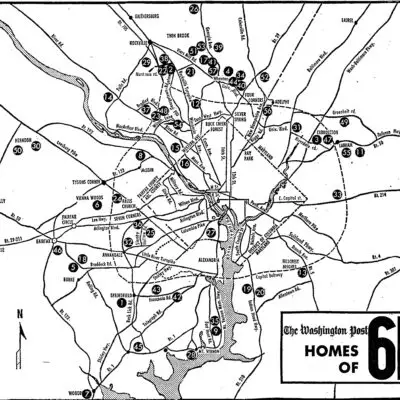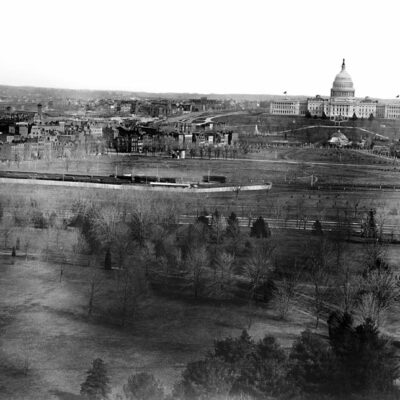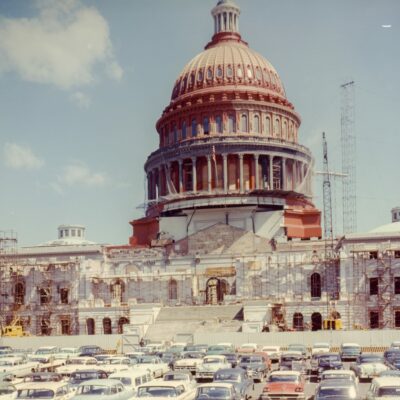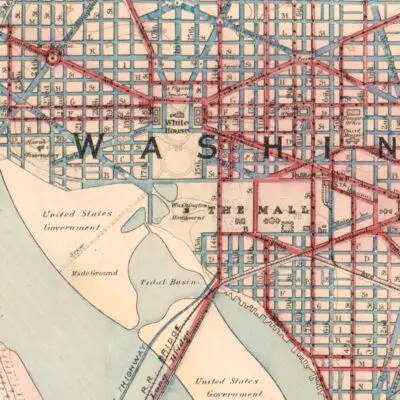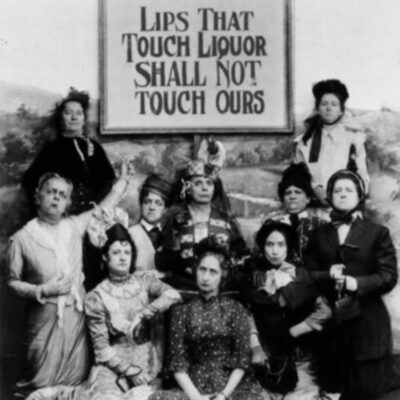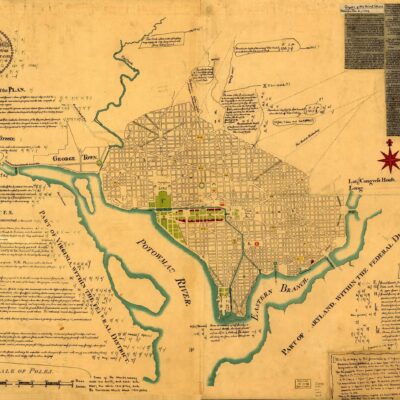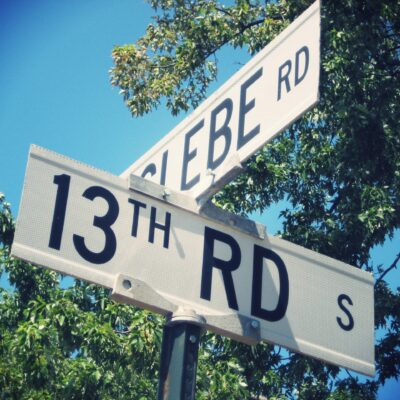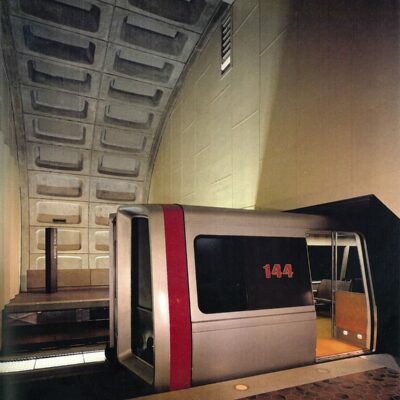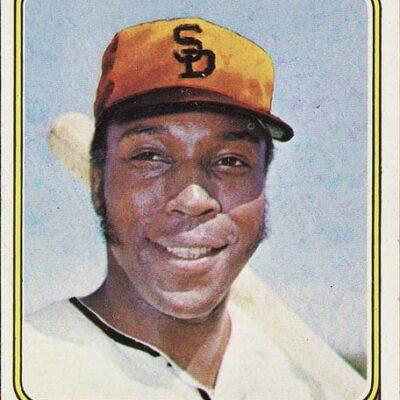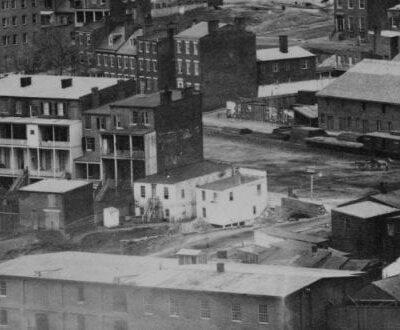For much of the 20th century, walking into a Washington, D.C. bar or restaurant was like stepping into a fog machine. Ashtrays sat proudly on every table. Cigarettes? Basically part of the décor. Lighting up indoors wasn’t just accepted — it was expected.
But fast-forward to the early 2000s, and the tide had clearly turned. Health warnings blared louder, anti-smoking campaigns picked up steam, and the once-cool indoor puff became a public health pariah. Washington, D.C. officially banned indoor smoking in public places in 2006, with full enforcement rolling out by January 2007. It didn’t happen overnight. This was a slow burn of policy, protest, and shifting public opinion. Let’s light up the history (not a cigarette) and see how the smoke cleared in the nation’s capital.
Smoking Indoors: A Common Sight in D.C.’s Past
Back in the mid-1900s, smoke-filled rooms weren’t just for shady deals — they were every room. Offices, diners, even federal buildings had their own indoor clouds. That started to change in 1997 when President Bill Clinton cracked down on smoking in federal executive-branch buildings.
“Americans who’ve made the choice not to use tobacco products should not be put at risk by those who choose to smoke,” Clinton said as he signed an executive order. That order kicked smokers out of most federal buildings (unless they were in fancy ventilated rooms) and protected nearly 2 million federal workers. But D.C.’s private bars, restaurants, and offices? Still hazy.
As the new millennium dawned, the smoke began to lift. The D.C. Department of Health warned, “Secondhand smoke is a proven health hazard.” Restaurants added non-smoking sections. Offices went smoke-free. Yet if you were out bar-hopping in Adams Morgan in 2003, odds are you reeked of Marlboro by midnight.
Rising Pressure for a Smoke-Free Capital
Cue the early 2000s: public health advocates were fired up. Nationally, cities like New York and San Francisco had gone smoke-free and lived to tell the tale. Regionally, Montgomery County and Prince George’s County in Maryland enacted their own bans by 2003. The Washington Post framed the contrast bluntly: “Montgomery and Prince George’s counties have bans,” while D.C. and nearby Virginia clung to their smoky ways.
Local campaigns kicked into gear. Groups like the Campaign for Tobacco-Free Kids and Smokefree DC rallied residents. “One of the reasons [the smoking ban passed] was the overwhelming support of D.C. residents,” said Renee McPhatter, a key organizer. The hospitality industry didn’t take this quietly. The Restaurant Association of Metropolitan Washington and bar owners lobbied hard, successfully killing a proposed ban in 2004.
But the anti-smoking forces weren’t done. By March 2005, a band of D.C. Council members regrouped for a press event in a Georgetown eatery’s smoke-free dining room to reintroduce legislation. Kwame R. Brown (D-At Large) had even made the ban a campaign promise in 2004. The tide, it seemed, had turned.
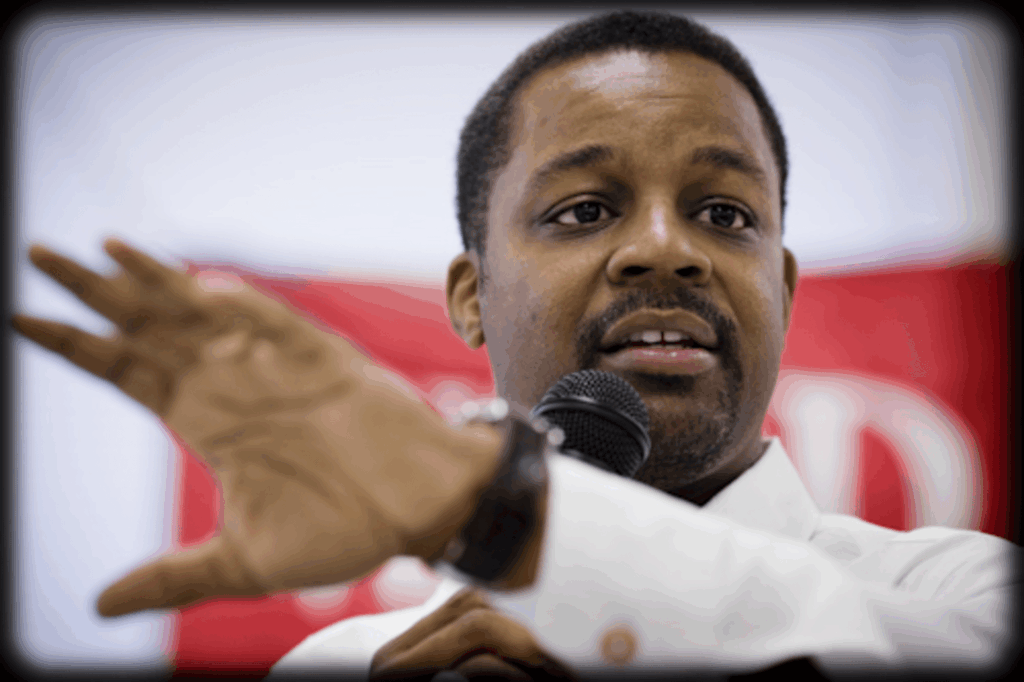
The 2006 Legislation: Debating and Passing the Ban
Winter 2006 brought the legislative showdown. Councilmember David A. Catania (I-At Large) took point, backed by colleagues like Kathy Patterson, Phil Mendelson, and, of course, Kwame Brown. They modeled their bill after New York City’s strict law — meaning no smoking in indoor “public places,” including restaurants, bars, offices, hotel lobbies, and nightclubs.
The lone holdout? Carol Schwartz (R-At Large). “Don’t make me out [to think] that I like smoking, because I don’t,” she said. “Bar and restaurant workers have a choice of where to work, and patrons have a choice of where to patronize.” Her colleagues weren’t convinced. Patterson quipped, “The world didn’t end in New York City and did not end in California.” The evidence was on their side: post-ban data showed business didn’t collapse in places like NYC or Massachusetts.
On January 4, 2006, after hours of debate and a flurry of amendments, the Council voted 11 to 1 in favor. Even Mayor Anthony Williams, who worried about small business impact, acknowledged the veto-proof majority. “You’re talking about a lot of people’s livelihoods,” he said, but the writing was on the (smoke-free) wall.
The law became official in April 2006, following the required congressional review. Welcome to the Department of Health Functions Clarification Amendment Act of 2006 — a mouthful, but a breath of fresh air.
Who Got a Pass? (Spoiler: Not Many)
The ban wasn’t absolute. There were carve-outs: outdoor patios, designated hotel rooms, tobacco shops, and cigar bars. Marion Barry even secured an exemption for spots making at least 10% of revenue from tobacco sales. A hardship waiver system was added for businesses proving a serious hit to their bottom line — though incoming Mayor Adrian Fenty vowed to make those exceptions rare. Symbolism mattered too. “Having the nation’s capital go smoke-free carries great symbolic importance,” said Daniel Smith of the American Cancer Society. “It puts an exclamation point on what we see as a national trend.”
Phasing Out the Smoke: April 2006 to January 2007
The rollout came in two waves. Phase One hit April 4, 2006. Restaurants had to clear the air — no more indoor smoking in dining areas or workplaces. Annie’s Paramount Steak House, a D.C. institution, famously took the ashtrays off tables “for good.”
But bars and nightclubs got a grace period. The big change came on January 2, 2007. At precisely one minute past midnight, D.C.’s indoor nightlife went smoke-free. New Year’s Eve 2006 became one last hurrah. The Jefferson Hotel threw a cheeky “Smoke ‘Em If You Got ‘Em“ party. McFadden’s Saloon hosted a “One Last Smoke” bash, filling the bar with farewell haze.
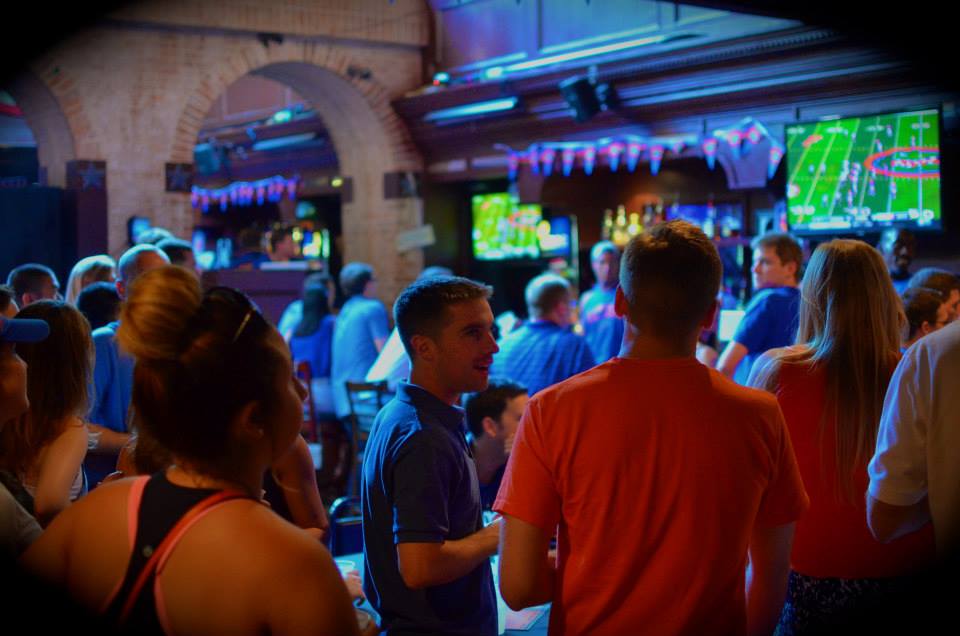
Some owners weren’t toasting. “As long as we’re not on a level playing field with our neighbors in Virginia, it could be a problem,” warned Paul Cohn of the local restaurant association. Still, Councilmember Brown was undeterred: “The health of residents outweighs business owners’ fears.”
By early 2007, enforcement kicked in. Fines could hit $1,000. But many businesses had already adapted. As one smoker at a K Street bar shrugged, “I’ll have no problem going outside for a cigarette.” A bartender noted the shift: a decade ago, “six in 10” customers smoked. By 2006? More like “three of 10.” The culture had changed.
Why D.C. Banned Indoor Smoking: Health, Pressure, and Momentum
This wasn’t just about clean shirts and fresh air. The science was unequivocal. Secondhand smoke caused cancer, heart disease, and other ailments. “Secondhand smoke is a proven health hazard,” said D.C.’s health department. Councilmembers pushed hard on worker safety — especially in bars and restaurants, where exposure was constant. Even Schwartz, the lone “no,” saw the contradiction in making exceptions for hookah bars.
The people had spoken too. Advocacy groups mobilized residents, packed hearings, and flooded inboxes. McPhatter called it “overwhelming support.” D.C. didn’t want to be the smoky holdout while cities nationwide cleared the air. And yes, the symbolism of the nation’s capital going smoke-free? Huge.
Fears about economic fallout largely didn’t pan out. Studies from New York and Massachusetts showed little to no long-term business hit. If anything, some patrons welcomed the cleaner vibe. And with a phased rollout and waiver options, D.C. gave businesses time to adjust. By spring 2007, even skeptics like Cohn were watching the numbers. “We’ll certainly know by February and March,” he said. Spoiler alert: the sky didn’t fall.
A Smoke-Free Capital: The Legacy
These days, it’s hard to picture someone lighting up at a downtown steakhouse or a Shaw dive bar. But it wasn’t that long ago. The 2006–2007 ban changed the landscape of D.C.’s nightlife. The key date? January 4, 2006, when the Council approved the law. Full enforcement landed January 2, 2007.
In the bigger picture, this is a story of evolving norms. What was once ordinary — smoke curling through a Capitol Hill lunch meeting — became unthinkable. Science, advocacy, and a good dose of stubbornness got us here. And now, when you grab a drink in the District, you can do so without a side of secondhand smoke.
